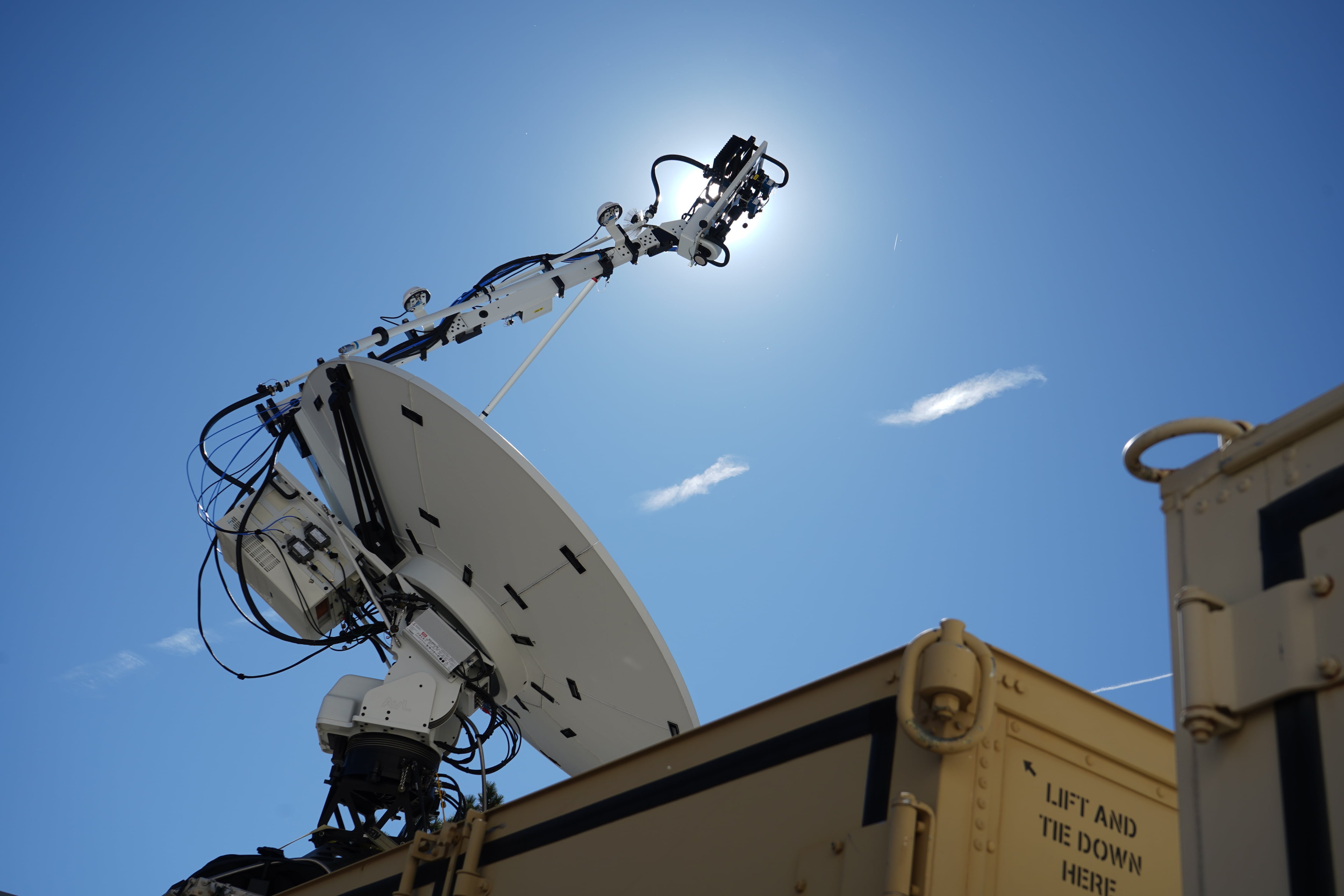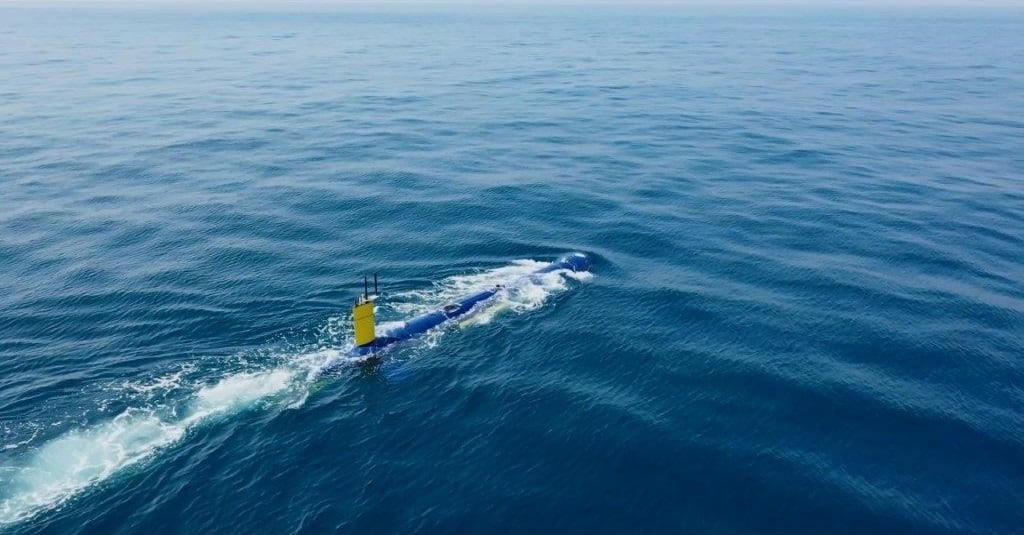Poseidon is an unsubtle name for a robot. So when a country decides to name a category of vessel after the god of the ocean, it suggests a gravitas, a significance that no lesser name would convey. This week, Russian media floated a new machine, an underwater uninhabited robot program, tentatively aimed at at 2027 release, which earns its divine moniker in the least subtle of ways: it’s built to carry and use nukes.
We first saw a glimpse of Poseidon or a Poseidon-like craft in the draft of the Pentagon’s nuclear posture review released this January, though it didn’t have that moniker then. That document referred to an “autonomous underwater vehicle” dubbed Kanyon by the Pentagon and formally labeled Ocean Multipurpose System Status-6. This vehicle would operate from another submarine, though it’s own speed and depth ranges fall within the capabilities listed this week for the Poseidon drone.
As reported by Russian state-owned media agency TASS, Poseidon is designed to be armed with a “two megatonne warhead,” primarily aimed at destroying hardened naval bases accessible from the sea. To get to those targets, the Poseidon will travel at depths of over 3,000 feet below the surface and with a top speed of around 80 mph. In addition to potentially carrying a nuclear warhead, the Poseidon will run on a nuclear powerplant.
That is a lot of hurt and danger to put inside a robot. Fascinating still, this isn’t the first time a Russian government has floated the idea.
“A similar concept was under development in the USSR in the 1950s-1960s but was ultimately shelved”, says Samuel Bendett, a research analyst at the Center for Naval Analyses. “So this particular UUV is unique.”
The Cold War was full of strange ideas for unmanned nuclear weapon systems, like the U.S. Navy’s experiments with the Gyrodyne DASH remotely piloted helicopter built to carry B57 nuclear depth charges, or the plans to use uncrewed but remotely controlled B-47 bombers as one-way nuclear dive bombers. While putting a nuke on a remote controlled craft carried plenty of its own risks, in light of autonomous systems those risks seem almost quaint, as remote control leaves a human in control for the entire operation. And while the United States is committed to its new B-21 bomber being “optionally manned”, Pentagon officials are still skeptical that this optionally manned version will ever be used with nuclear weapons on board.
Operating underwater, for a vessel like Poseidon, means operating autonomously, as the signals that enable remote control simply cannot penetrate water in a meaningful way. We have seen such autonomous operations before, notably in unarmed systems like the Echo Seeker scout, but putting weapons on an autonomous system is a categorically more dangerous problem, and that danger scales up drastically when the weapon’s destructive potential is measured in megatons.
“Details about the actual technology that would give this weapon autonomy are scarce, at best,” says Bendett, “though we can suppose that it would travel along pre-programmed routes to reach the target. Russians are experimenting with small ISR UUVs such as ‘Galtel’ ― Russians recently announced it was mapping the sea bed near Syrian coast in autonomous mode that was assisted by on board AI. Perhaps similar technology, once perfected via numerous trials, can guide the Poseidon UUV.”
This is the better context for understanding Poseidon: as a capstone program for an expansive program of underwater robots, rather than an immediate threat to start planning for tomorrow. After all, the oceans of the world already have nuclear-armed submarines operated by multiple nations, ready for a war everyone hopes never comes. Poseidon would be one way for Russia to continue this capability, with fewer human labor requirements.
“In their official statements, Russian position their unmanned underwater vehicles as extensions of their military capabilities in the ‘World Ocean,’” says Bendett, “Russians view the global maritime commons as a single entity where they earlier had difficulties “seeing and hearing” -- that changes dramatically with the development, testing and fielding of various unmanned/semi-autonomous underwater systems with ISR or combat capabilities.”
There is a vast gulf between concept art and aspirational concept and viable, real-world threat. And not all vessels named Poseidon live up to their great and terrible namesakes. Still, we should look at Poseidon as a herald of what the future might contain, one where 2-megaton warheads are somehow condensed into a drone-sized body, where robots lurk below the surface waiting for the end of the world, where other robot ships track those submarines from the surface, and where the hypotheticals posed by science fiction spill into reality.
“Poseidon fits into the Russian plans for a breakthrough technology capable of greatly extending the nation’s military reach far from shore,” says Bendett. “That is, of course, if it works as planned and there are no technical issues with its operation.”
Kelsey Atherton blogs about military technology for C4ISRNET, Fifth Domain, Defense News, and Military Times. He previously wrote for Popular Science, and also created, solicited, and edited content for a group blog on political science fiction and international security.








